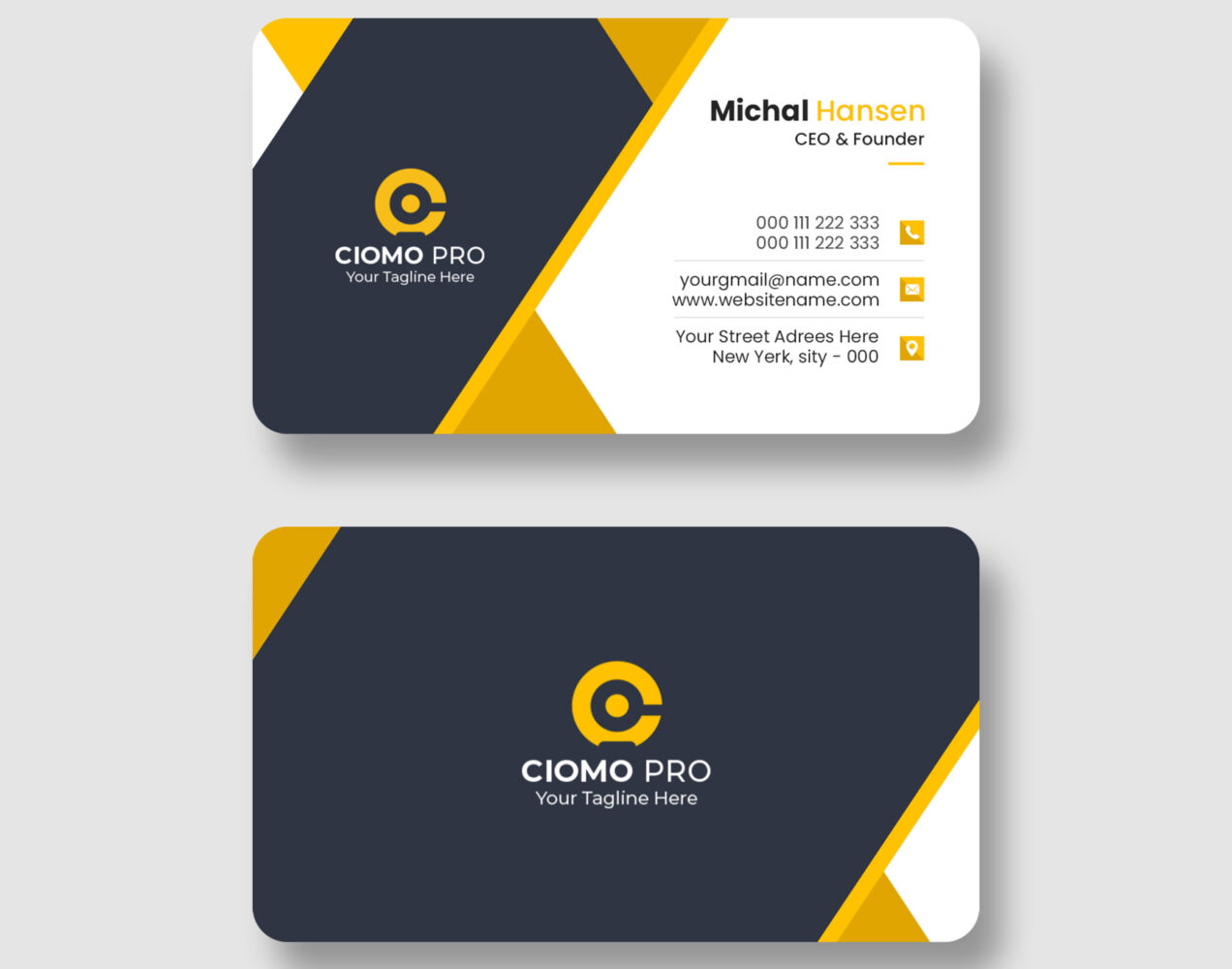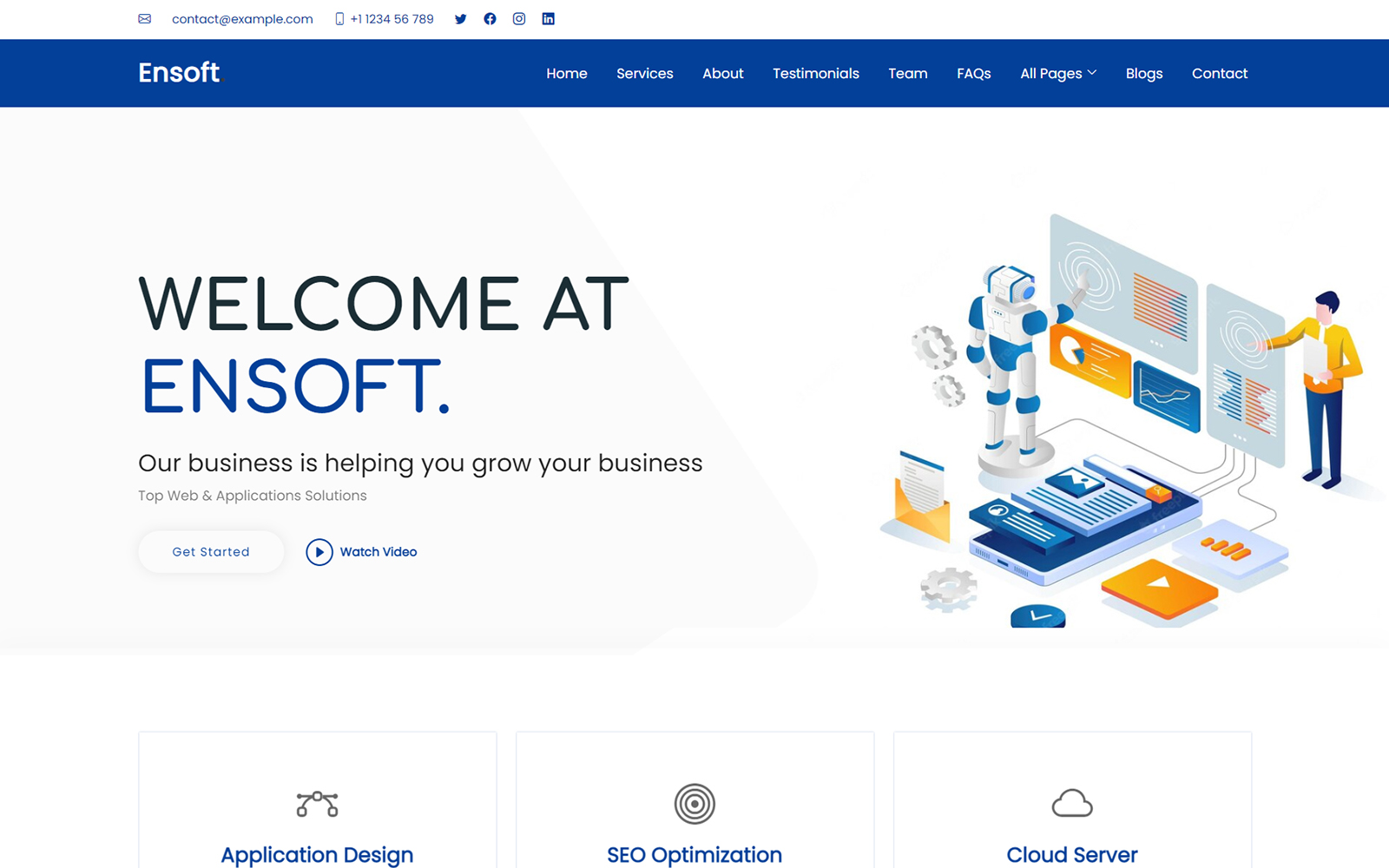For tech bloggers, creating high-quality content is only half the battle. To reach a wider audience and grow your blog, you need to master SEO (Search Engine Optimization). In 2025, SEO is more important than ever due to increasing competition and evolving search algorithms. This guide shares essential SEO tips tailored specifically for tech bloggers to boost your site’s visibility and drive organic traffic.
1. Choose the Right Keywords
Start with keyword research to find terms your target audience is searching for. Use tools like Google Keyword Planner, Ahrefs, or Semrush to identify:
- High search volume keywords with low to medium competition
- Long-tail keywords that match specific user intent
- Trending tech topics relevant to your niche
Incorporate these keywords naturally into titles, headings, and throughout your content.
2. Optimize Your Titles and Meta Descriptions
Craft compelling, keyword-rich titles that clearly describe the post’s content. Your title tags should be under 60 characters to avoid truncation in search results.
Write unique meta descriptions for each post that:
- Summarize the content clearly
- Include relevant keywords
- Encourage users to click with actionable language
3. Write High-Quality, In-Depth Content
Google favors content that answers questions thoroughly and provides real value. As a tech blogger, aim to:
- Cover topics comprehensively with clear explanations
- Use examples, code snippets, screenshots, and videos
- Update old posts regularly to keep information current
- Break content into readable sections with headings
4. Use Proper Heading Structure
Organize your content using heading tags (H1, H2, H3). Use only one H1 per page for the main title, and subheadings with H2 or H3 tags to structure sections. This improves readability and helps search engines understand your content hierarchy.
5. Optimize Images for Speed and SEO
Compress images to reduce file size without losing quality. Use descriptive, keyword-rich alt text to improve accessibility and help search engines index images. Consider next-gen formats like WebP for faster loading.
6. Build Internal and External Links
Link to related blog posts and important pages within your site to help users navigate and distribute link equity. Also, include authoritative external links to credible tech sources or documentation — this boosts your blog’s trustworthiness.
7. Improve Site Speed and Mobile Usability
Fast-loading, mobile-friendly sites rank better. Use tools like Google PageSpeed Insights or Lighthouse to test your site’s performance and implement recommended fixes like:
- Enabling browser caching
- Minimizing JavaScript and CSS
- Using responsive design for all devices
8. Use Structured Data and Schema Markup
Adding schema markup helps search engines better understand your content, potentially resulting in rich snippets like FAQs, ratings, or how-to guides appearing in search results.
Use tools like Google’s Structured Data Markup Helper to add relevant schema to your posts.
9. Promote Your Content Strategically
SEO also involves off-page efforts. Share your blog posts on social media, relevant forums, and tech communities. Guest post on other reputable tech sites and collaborate with influencers to build backlinks and increase exposure.
10. Monitor SEO Performance and Adjust
Use Google Search Console and analytics platforms to track:
- Keyword rankings
- Organic traffic trends
- Click-through rates and bounce rates
Analyze which posts perform best and optimize underperforming content based on user behavior and SEO data.
Final Thoughts
SEO is an ongoing process that requires patience and continuous learning. By implementing these essential SEO tips, tech bloggers can improve their search rankings, attract more targeted visitors, and build a loyal audience.







